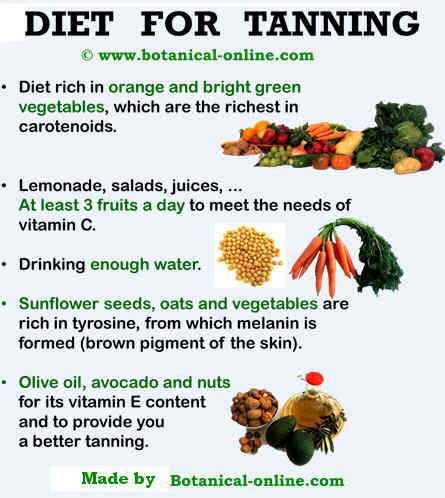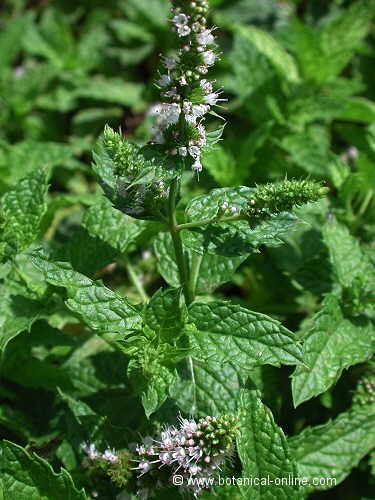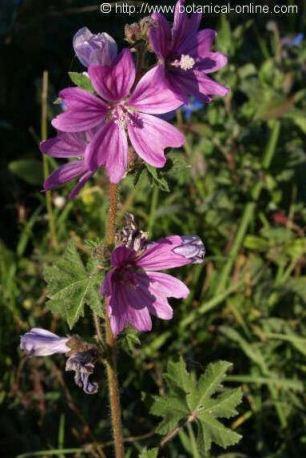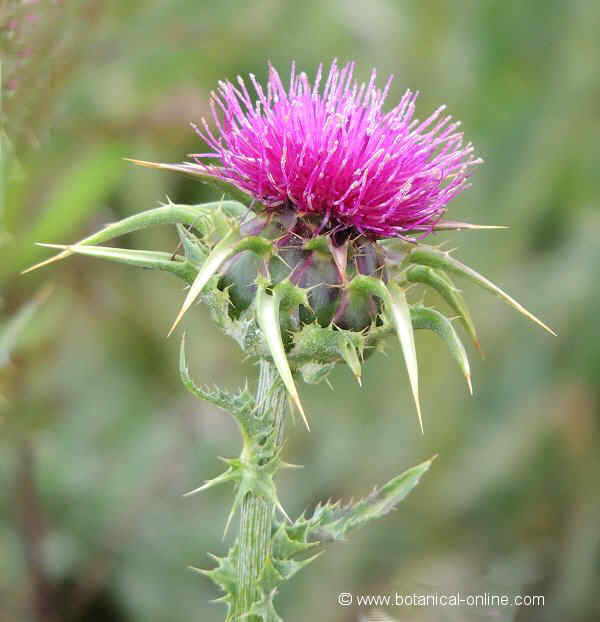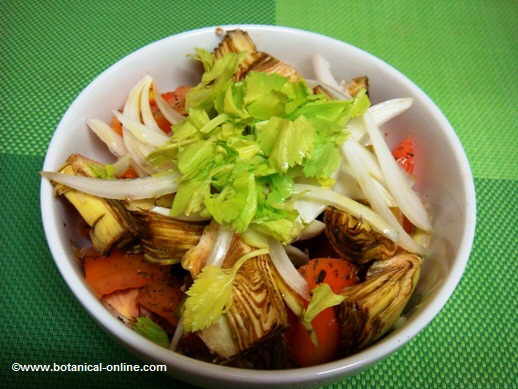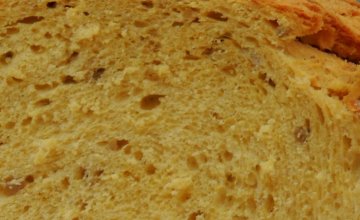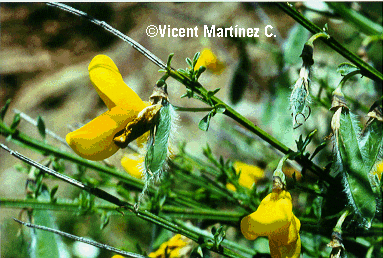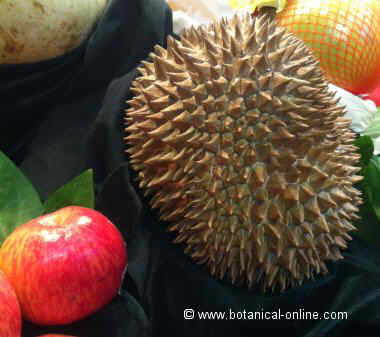Food to get a better tannning
FOOD TO EXPOSE TO SUN SECURELY
What does it happen when we get tanned?
When we are in the sun, our skin tans to protect against ultraviolet rays (UV). Even on cloudy days, ultraviolet rays penetrate clouds and can reach our skin.
Tanning is possible because the skin cells, melanocytes, have a substance called melanin.
Melanin is a brown pigment that protects the cells from DNA damage caused by UV rays.
People with dark skin tan faster because their melanocytes produce more melanin.
Advantages of sunbathing
In addition to the coveted golden color of the skin, when we are in contact with the sun we naturally manufacture vitamin D, which helps the development and health of the bones.
Disadvantages of sunbathing
However, too much sun damages the collagen in the skin and can cause wrinkles and sunspots.
If we sunbathe in the hours that the star is more aggressive (between 11 am and 4 pm), the risk of occurrence of skin burns. In addition, UV radiation can damage the DNA of skin cells and cause melanoma or skin cancer.
For these reasons, you should always protect yourself from sun exposure with sunscreen and make the process of tanning in moderation. Excessive tanning and smoking cause premature aging of the skin.
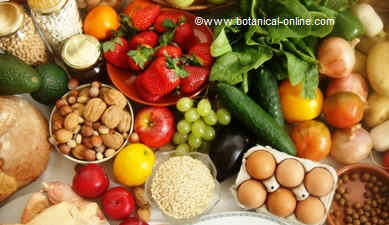
Photography of right foods for tanning: legumes, vegetables, fresh fruits, nuts and cereals.
DIET FOR TANNING
1. Orange and deep green vegetables rich in beta carotene
Carotenoids are orange pigments found in vegetables and fruits. A diet rich in beta-carotene helps to have a bright, golden skin, because along with the melanin, the carotenoids are located in the outer layers of the skin and protect it from free radicals.
Sources of carotenoids in the diet found in orange vegetables and dark green:
- Juices, salads and creams: carrots, squash, peaches, mango, papaya, persimmons, apricots, tomatoes, watermelon, etc..
- Salads and boiled vegetables: spinach, chard, broccoli, arugula, cabbage, lettuce, purslane
- Pollen: Pollen is a natural supplement rich in carotenoids, which also has invigorating and energetic properties. We can take 34 teaspoons daily, for example, mixed into yoghurt or juice, and smoothies.
- Cooking with turmeric: turmeric contains beta carotene and also has antidepressant properties.

Print-summary of the diet for tanning.
2. Lemonade, salads and foods rich in vitamin C
Everyone that sunbathes frequently to become tanned should increase the dose of vitamin C from diet. Vitamin C is a powerful antioxidant that protects cells from damage caused by UV rays and helps build new collagen, so that delays skin aging and is a remedy to prevent wrinkles.
Vitamin C requirements are higher when we are frequently in the sun or smoke, because they increase free radicals in the body.
- Consume vitamin C rich vegetables: lemons, acerola, guava, currants, peppers, strawberries and strawberries, kiwis, etc.
- Take salads at every meal: raw vegetables have more vitamin C because cooked ones lose this vitamin since heat destroys it. You can also eat gazpacho someday.
- Add fruit to salads: In this way, you will increase the vitamin value of the dish.
- At least three fruits per day.
- Take fresh fruit juices: fruit juices made at home are recommend. Remember cartons nectars do not contain much vitamin C, unless they are enriched.
- Eat organic food: Scientific studies show that organic fruit and vegetables have higher amounts of vitamin C than nonorganic equivalents.
3. Drink enough water
Sun exposure increases the loss of body water by heat. Drink at least 2 liters of water or juice a day will keep the skin properly hydrated and healthy. (See benefits of water)
4. Nuts and legumes rich in tyrosine
Tyrosine is an amino acid derived from protein-rich foods. This amino acid is involved in the formation of melanin, so it is essential for tanning.
Foods rich in tyrosine (or phenylalanine, the precursor) are: sunflower seeds, beans, oats, beans, peas, soy, sesame and pumpkin seeds, among vegetarian foods that have more content.
Add nuts and seeds to recipes, for breakfast, etc..
Take legumes at least 3 times a week and oatmeal at breakfast. Add oatmeal to fruit shakes.
5. Olive oil for a lasting tan
- Olive oil possesses essential fatty acids and vitamin E, which restores the skin and protects the oxidation of melanin. The dark color will last longer while you also will benefit from the properties of Omega 9 fats for heart and obesity. Take in food (minimum 3 tablespoons daily, including dressings and cooking) and we can also grease our skin with oil after sunbathing.
- Argan oil can be a good ally if we put it on our skin after sunbathing, although it is difficult to find this oil outside of Morocco. It has three times more vitamin E (tocopherols) that olive oil and a delicious aroma of toasted hazelnuts ideal for a relaxing massage.
- Other foods rich in vitamin E are avocados and nuts. We can introduce them as a delicious and refreshing accompaniment for summer salads
6. Skin supplements
In the market we can find supplements designed especially for tan. These include supplements of vitamin C, vitamin E and beta-carotene as the most common. Some preparations include fibers between its composition, to help purify and reduce weight at a time.
These supplements enhance the benefits of a balanced diet, with foods that we mentioned above. If we fail to follow a healthy diet, supplements will not be effective.
Other skin care information
– Remedies stretch marks
![]() More information on sun exposure.
More information on sun exposure.

